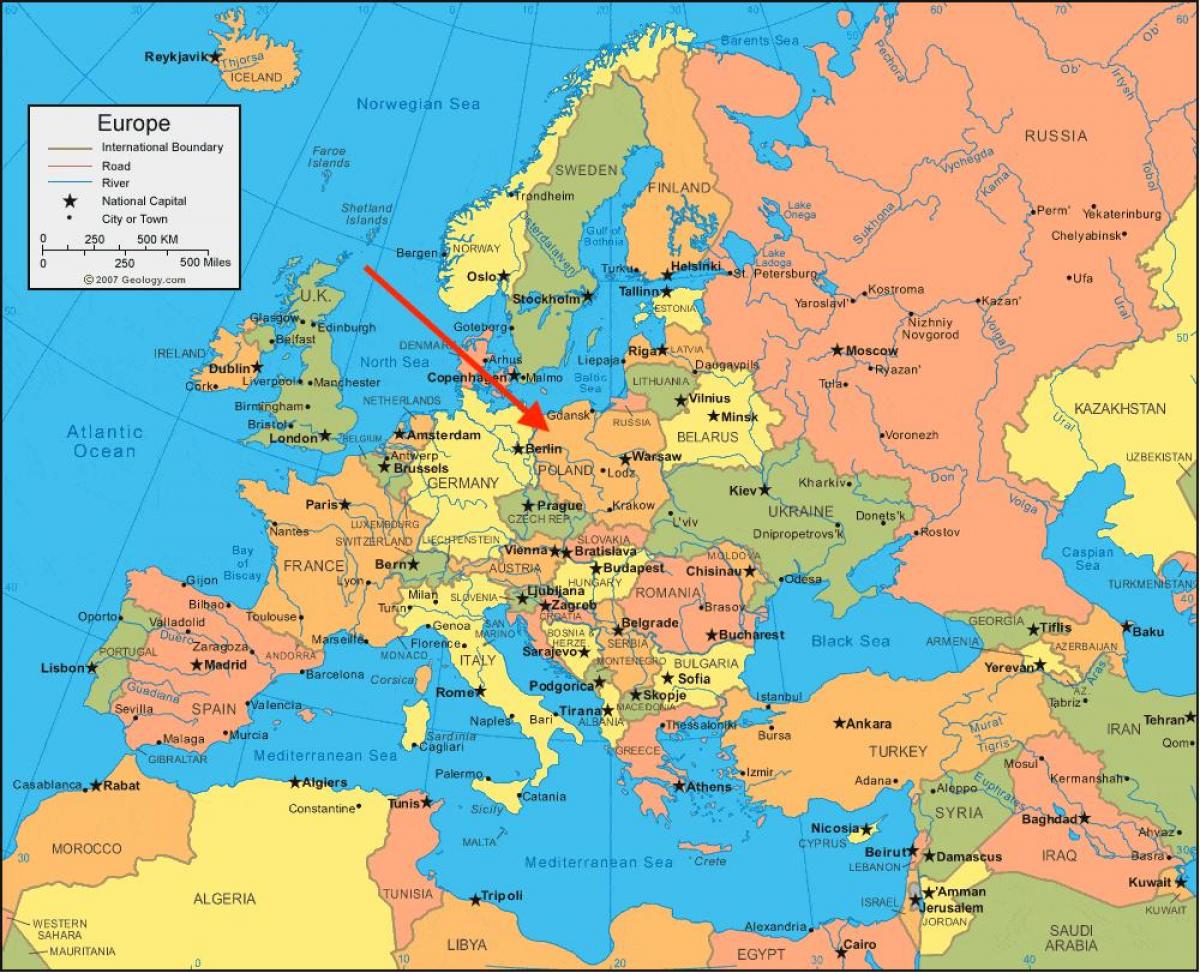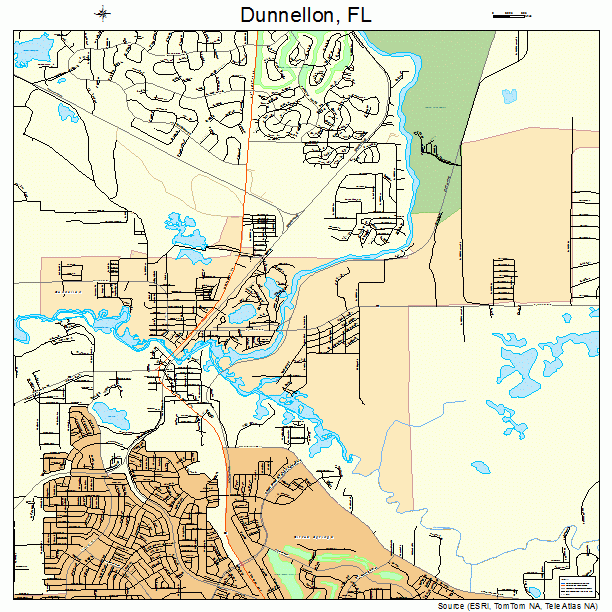Trash Island Google Earth
 Y'all, we gotta talk about this. I was browsing the internet, minding my own business, when I stumbled upon something that just straight-up shook me. Have y'all heard of Garbage Island?
Y'all, we gotta talk about this. I was browsing the internet, minding my own business, when I stumbled upon something that just straight-up shook me. Have y'all heard of Garbage Island?
For those who don't know, Garbage Island is exactly what it sounds like. It's a massive patch of garbage, debris, and other trash that's just floating around in our ocean. And get this: the patch is estimated to be about twice the size of Texas. Yes, you heard me right. Twice the size of Texas. Can you believe that?
I know some of y'all might be thinking, "Well, that's out in the ocean, it doesn't really affect me." But that's where you're wrong. See, the thing is, that garbage patch is made up of all sorts of stuff, from plastic bags and bottles to old fishing nets and more. And that stuff doesn't just stay in one spot. It gets caught up in the currents and can end up washing ashore in all sorts of places. Places like our beaches.
Think about it: How many of y'all have ever been to the beach and seen a bunch of trash just lying around? Maybe you've seen plastic bags in the water, or maybe you've picked up some straw wrappers that were blowing around. That stuff didn't just magically appear there. It came from somewhere. And a lot of it probably came from that Garbage Island patch.
That's why I was so glad to hear about the Google Earth Trash Mapping Expedition. Basically, a group of folks went out and mapped the Garbage Island patch using advanced technology and a whole lot of hard work. And their findings are seriously eye-opening. They found that the patch is not only huge, but it's also changing and growing all the time. Which means we need to be doing more to stop it.
So what can we do? First of all, we can start by being more mindful of our own trash. That means not littering, obviously, but it also means being more conscious of things like plastic packaging and single-use items. Maybe we could try using reusable water bottles instead of buying disposable plastic ones. Or maybe we could start using cloth shopping bags instead of plastic ones. Small changes like that can really add up over time.
Another thing we can do is support organizations that are working to clean up the ocean and protect our planet. There are so many great groups out there, like Ocean Conservancy and the Surfrider Foundation, that are doing amazing work. Even just donating a few dollars can help these organizations continue their important work.
Finally, we can spread the word about Garbage Island and other environmental issues like it. The more people know about this stuff, the more likely we are to take action and create positive change. So share articles on social media, talk to your friends and family about it, and don't be afraid to speak up and make your voice heard.
Let's work together to clean up our oceans and protect our planet for generations to come. Because if we don't, who will?




Post a Comment for "Trash Island Google Earth"